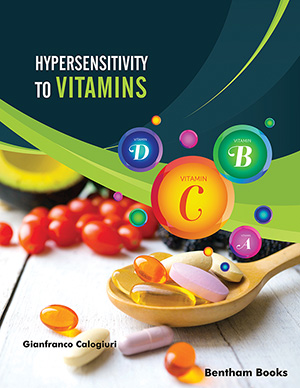Abstract
Introduction: The effect of replacing 100% fruit juice (FJ) with whole fruit (WF) on nutrient intake and adequacy in children’s diets is unclear. The objective of this study was to model the effect of replacing FJ with WF in children’s diets. Methods: Data from children 2-18 years of age (n=6,090) participating in the National Health and Nutrition Examination Survey 2007-2010 were examined. Usual intake (UI) of nutrients was determined from the two 24-hour dietary recalls using the National Cancer Institute method. The percent of the population above the Adequate Intake (AI) or below the Estimated Average Requirement (EAR) were determined by two FJ replacement models: 1) FJ was replaced with a composite of the 20 most commonly consumed WF and 2) individual FJs were replaced by the same WF; both models were replaced with cup equivalents. The models were compared to no FJ replacement. Values with non-overlapping 95th confidence limits between no FJ replacement and each of the models were used to assess differences. Results: Model 1 resulted in decreased UI of total sugars (-5.7 grams/day) and vitamin C (-19.8 mg/day), and a higher percentage with intakes below the EAR for vitamin C (+7.7% units). Model 2 resulted in lower UI for vitamin C (-8.4 mg/day), higher UI for dietary fiber (+1.0 grams/day), and a higher percentage with UI above AI for dietary fiber (+1.6 % units). Conclusions: Replacing FJ with WF had only a limited impact on nutrient intake, with a “trade-off” for fiber with vitamin C and total sugars.
Keywords: Children, dietary intake, fruit juice, NHANES, whole fruit.






















